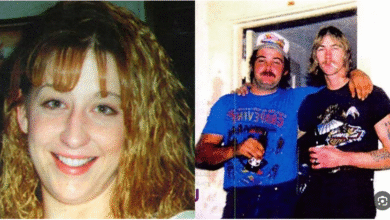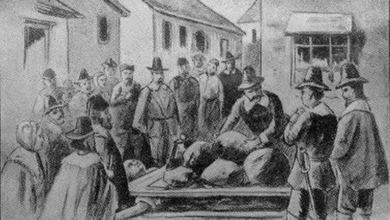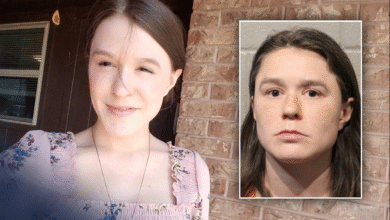The Dark Descent of Joanna Dennehy
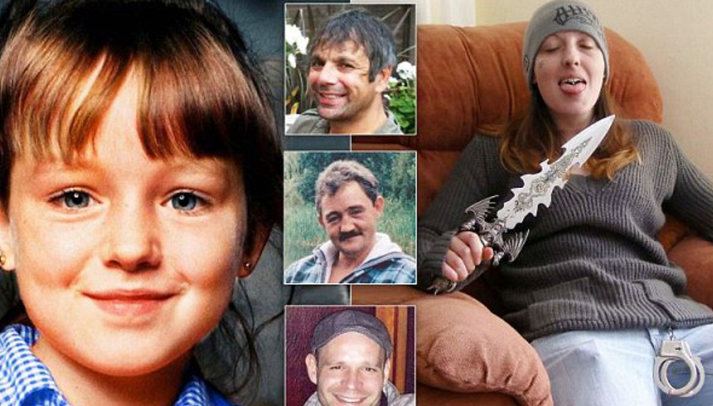
England’s Female Serial Killer
In the history of British crime, few names evoke the same visceral reaction as that of Joanna Dennehy. A rare and deeply disturbing figure, Dennehy became infamous in 2013 for a string of brutal murders that shocked the nation not only for their savagery, but for the cold indifference and disturbing pleasure she appeared to derive from them. Her story is not only that of a killer, but of a descent into darkness — one marked by violence, manipulation, and chilling disregard for human life.
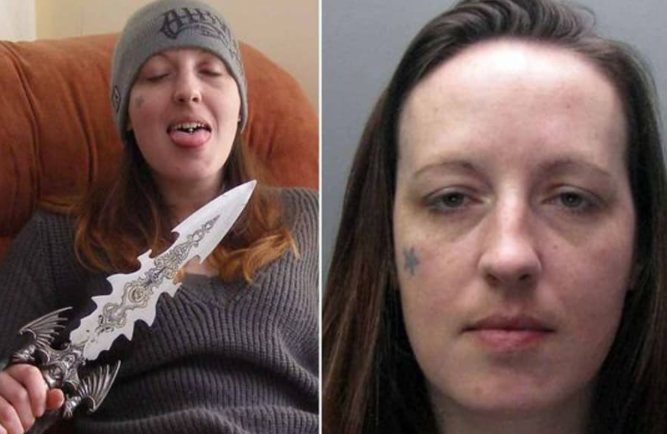
Early Life and Troubled Beginnings
Joanna Dennehy was born in August 1982 in St Albans, Hertfordshire. Unlike many high-profile killers, her early life did not offer many of the usual red flags. She came from a relatively stable, middle-class family. Her parents were both employed, and by most accounts, her childhood did not contain the severe trauma often associated with violent criminals. However, as she entered her teenage years, signs of rebellion began to emerge.
By the age of 15, Dennehy was reportedly running away from home, becoming involved with older men, and experimenting with drugs and alcohol. She fell into toxic relationships, and by her early twenties, she had two children. However, rather than motherhood becoming a stabilizing influence, Dennehy’s behavior continued to spiral downward. She left her children in the care of others, and began drifting — frequently involved in petty crime, sex work, and violent behavior.
The Path to Murder
By 2013, Dennehy had relocated to Peterborough, Cambridgeshire. It was here, over the course of just ten days, that she would commit a spree of violence rarely seen in modern British history. Her victims were not strangers in dark alleys, but men who trusted her — friends, acquaintances, and, in one case, a landlord. The randomness and proximity of the killings added to the sense of horror.
Victim 1: Lukasz Slaboszewski
Lukasz Slaboszewski, 31, was the first to die. A Polish national living in the UK, Lukasz had reportedly become infatuated with Dennehy. She used this to her advantage, luring him to a property with the promise of sex. Once inside, she stabbed him in the heart. His body was stored in a wheelie bin while Dennehy laughed about the killing and bragged to others about how easy it had been.
Victim 2: John Chapman
John Chapman, 56, was a Falklands War veteran who had fallen on hard times and was living in the same house as Dennehy. He, too, was stabbed in a sudden and violent attack — another seemingly senseless murder. His body was also disposed of in a bin, alongside Lukasz.
Victim 3: Kevin Lee
Kevin Lee, a 48-year-old property developer and Dennehy’s landlord, was a married father of two. He had also been having an affair with her. In a brutal betrayal, Dennehy stabbed him in the chest and dumped his body in a ditch outside Peterborough. Chillingly, she dressed him in a black sequin dress before disposing of the body, mocking him even in death.
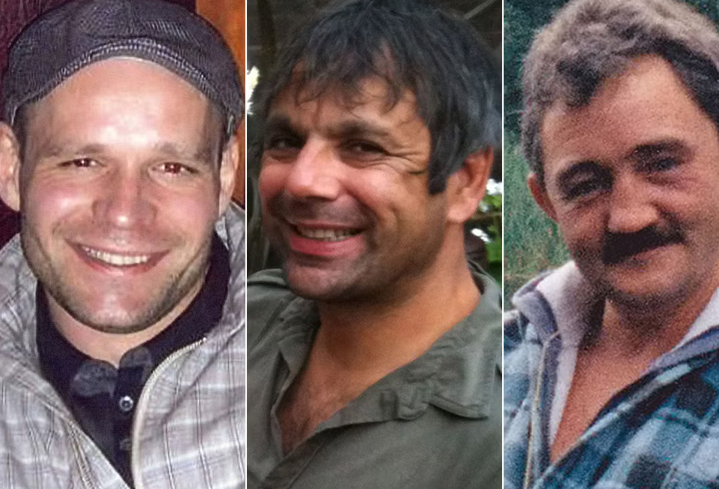
The Killing Spree Continues
After killing three men, Dennehy went on the run with accomplice Gary Stretch, a 7-foot-tall man who idolized her. As police scrambled to find her, she crossed counties and committed two more stabbings — both seemingly random. Her victims, Robin Bereza and John Rogers, were strangers she attacked on the street in Hereford, hundreds of miles from Peterborough. Miraculously, both men survived.
The randomness and senselessness of these attacks were deeply disturbing. Dennehy seemed to be killing not out of need, revenge, or even financial gain, but because she enjoyed it. She reportedly told Stretch she wanted to kill nine men in total, likening herself to Bonnie from the infamous criminal couple Bonnie and Clyde.
Capture and Trial
Dennehy was finally apprehended on April 2, 2013, after her stabbing spree in Hereford. She showed no remorse during police interviews, and her demeanor was described as disturbingly calm and even playful. At one point, she was caught on CCTV in a police station performing cartwheels and laughing, a stark contrast to the brutal nature of her crimes.
In court, Dennehy refused to show any remorse. She pleaded guilty to all three murders and the two attempted murders. Her behavior during the trial shocked even seasoned legal professionals. She laughed during proceedings, appeared indifferent to the victims’ families, and even told psychiatrists that killing made her feel “high.”
Experts diagnosed her with several personality disorders, including psychopathy and antisocial behavior, but Dennehy was deemed sane and fit to stand trial. In February 2014, she was sentenced to life imprisonment with a rare whole-life tariff — meaning she will never be released. She is one of only a handful of women in the UK to ever receive such a sentence.
Psychology of a Killer
What drives someone like Joanna Dennehy? Her case defies many of the stereotypes associated with female criminals. Most female murderers in the UK tend to kill in domestic settings — often out of desperation, mental illness, or abuse. Dennehy, by contrast, appeared to kill for fun. She derived pleasure from violence and power. This puts her in the rare company of psychopathic serial killers who kill for gratification.
She is frequently compared to notorious male killers. In fact, Dennehy herself expressed admiration for infamous American serial killers like Richard Ramirez and Aileen Wuornos. But while Wuornos claimed her murders were out of self-defense, Dennehy admitted openly that she killed for pleasure. She once said, “I killed to see how it would feel. I’m not sorry.”
Her manipulation of Gary Stretch and others also highlights her ability to control and influence those around her — another hallmark of a high-functioning psychopath. She exhibited no empathy, no guilt, and possessed an alarming charisma that allowed her to deceive and dominate others.
Aftermath and Cultural Impact
The Joanna Dennehy case gripped the British public and media. The fact that a woman could commit such calculated and brutal crimes challenged societal perceptions about gender and violence. The media dubbed her a “real-life horror story” — a woman who killed without remorse and who, chillingly, might have continued killing had she not been stopped.
Dennehy has remained in the headlines even after her incarceration. Reports from prison suggest she remains a disruptive and manipulative presence. At one point, she was caught planning an escape with fellow inmates. She has also reportedly been placed in solitary confinement multiple times for violent or threatening behavior.
The case has also sparked conversations in legal, psychological, and social circles. Should more be done to identify dangerous personality disorders early in life? How do we explain female psychopathy, and are our systems of mental health and justice equipped to handle individuals like Dennehy? These are questions that continue to resonate.
Conclusion
Joanna Dennehy’s dark descent into murder is one of the most disturbing stories in modern British criminal history. Her crimes were marked not only by their violence but by their seeming lack of motive — she didn’t kill for money, revenge, or rage, but for the sheer experience of killing.
She was a woman who defied stereotypes, who appeared outwardly normal to many around her, but harbored a darkness that few could have predicted. Her story serves as a chilling reminder that evil doesn’t always fit a pattern — and that the capacity for violence can exist behind even the most ordinary facades.
In the end, Joanna Dennehy will likely die in prison — one of the few women in British history sentenced to spend her entire life behind bars. But the impact of her crimes, and the questions they raise about human psychology, female violence, and the unpredictability of evil, will continue to haunt the public consciousness for years to come.

